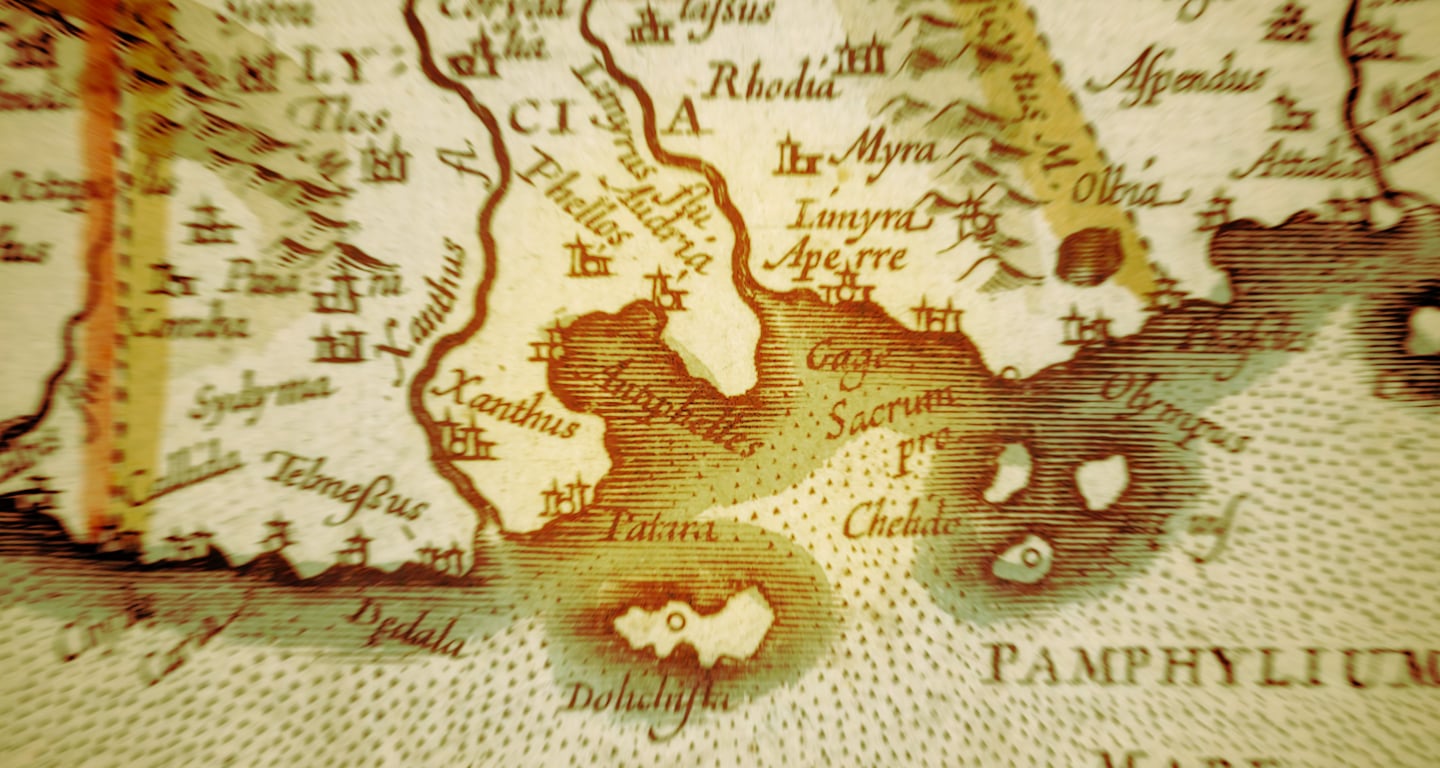Think two flat wooden boards with ivory hinges to fold them. On their inside faces, raised edges surround the rough surfaces with diagonally hatched scratches. This surface will be plastered with beeswax and the scratches will help the wax stick to the wood more firmly. The writer would mark this semi-hard surface with a pointed pen and the high frame ensuring that the pages would not stick together.
If its inner surfaces are not waxed, this “thing” looks exactly like a backgammon board. When closed, the outer surface resembles a book cover — but its not a book. A small, folding wooden tablet. A two-leaf notebook to remember what’s written inside. What we call a wooden writing tablet or a “diptych”. If it had three pages, like Bosch’s The Garden of Earthly Delights painting, we would say triptych, regardless of height. That’s the idea.
Such an item was found in the oldest shipwreck in the world. In the Uluburun shipwreck1 which was discovered in 1982 and determined to belong to the Bronze Age, around 1300 B.C., as a result of the underwater excavations conducted by George F. Bass and his student Cemal Pulak. A tiny wooden tablet measuring 6.2 by 9.5 centimeters, which is found in fragments and then assembled.2

Unfortunately, none of the beeswax had been survived, thus whatever was written inside was no longer there. Empty.
The ship, which sank around 1300 BCE, is —without exaggeration— one of the most important archaeological discoveries of all time. Shipwrecks always represent a snapshot in time, from the Titanic on back, but it is unusual to find one from so early and so full of cargo.3
Eric H. Cline
Homer may have mentioned such a tablet in volume 6 of the Iliad when he was talking about a tablet with “baneful signs” inside. In the story of Bellerophon, who carried his own death warrant to the “King of Lycia”, as he said.
- Wikipedia, Uluburun Shipwreck ↩︎
- Bass, G. F., Pulak, C., Collon, D., & Weinstein, J. (1989). The Bronze Age Shipwreck at Ulu Burun: 1986 Campaign. American Journal of Archaeology, 93(1), 1–29. ↩︎
- Cline, Eric H. (2017). Three Stones Make a Wall; The Story of Archaeology. pp. 157–168. Princeton University Press. ↩︎
Türkçesi:
Boş Sayfalı Tablet (PDF)

